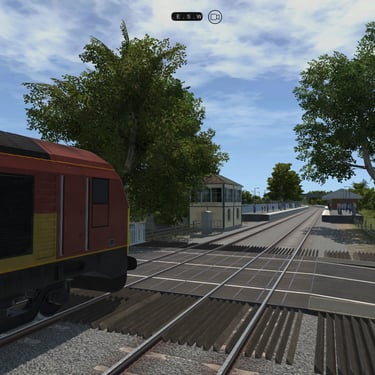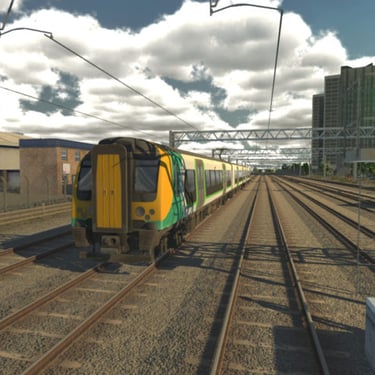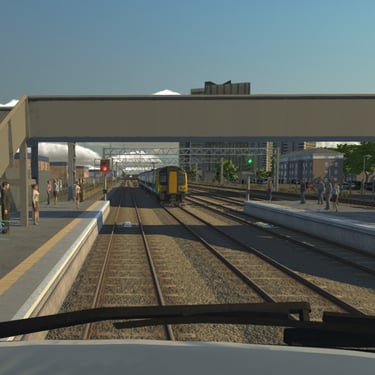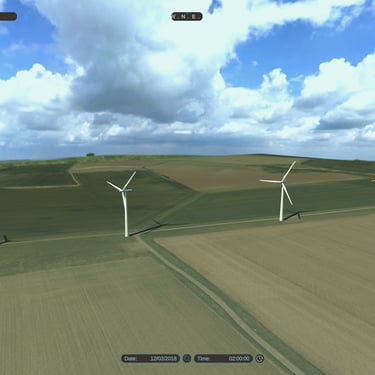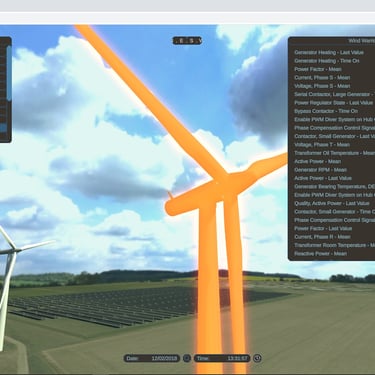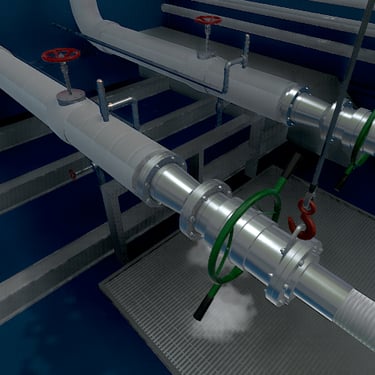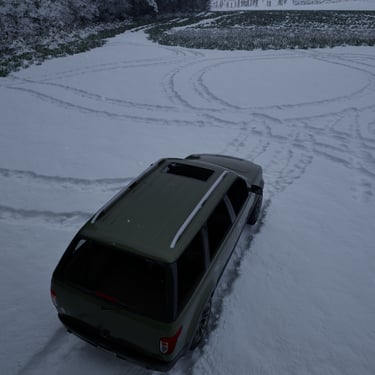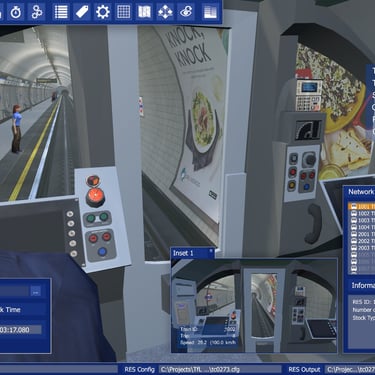Our core expertise
Synthetic Data for Visual AI Training
Training Visual AI models requires large amounts of diverse, high quality, labelled images or video. Analysing and labelling real video data is very time consuming and costly. That is assuming that sufficient video is available and not restricted by privacy laws. Very often the edge cases that you need the AI model to understand are not available in existing video and it may not be possible or practical to film the scenarios you need. So, what is the solution?
Synthetic Data Generation
Synthetic data, generated using 3D models, computer simulation and high quality video rendering technology, for example NVIDIA Omniverse, provide an efficient way to create high quality, labelled datasets to train your AI models. Simulated scenarios can cover key use-cases that otherwise may be difficult or impossible to record. Randomising elements such as lighting or object colours and rendering multiple camera angles enables the rapid generation of a huge number of variants. This improves AI model performance and saves significant time, effort and cost.
At Agility3 we are experts in the development of Simulation-Ready content for training visual AI models. We have a wealth of experience working with teams at NVIDIA as well as NVIDIA partners and we understand the tools, the workflows and what needs to be done to create the most realistic synthetic data, correctly configured and labelled for training AI.
Whether your use-case is self-driving vehicles, assembly line automation, security, safety, warehouse management or smart cities, we’ve got you covered.
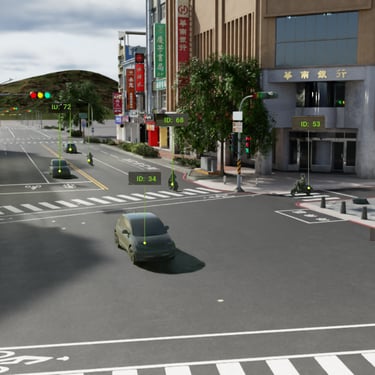
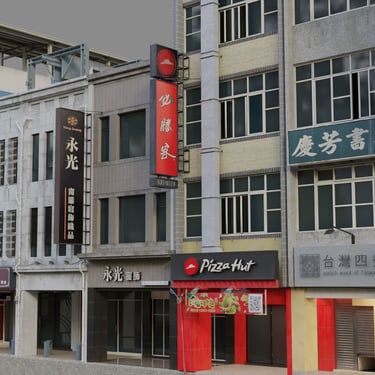
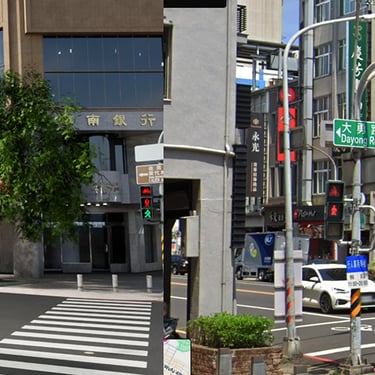

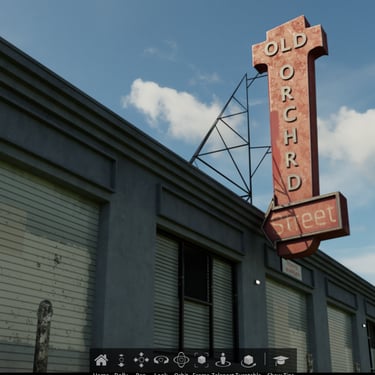
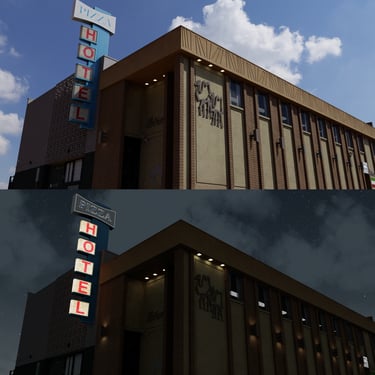
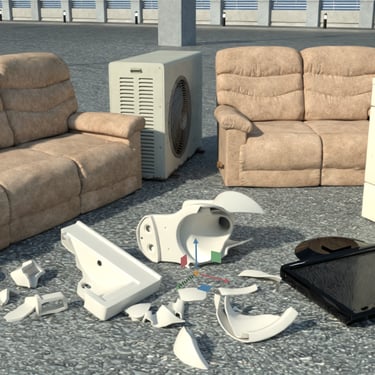
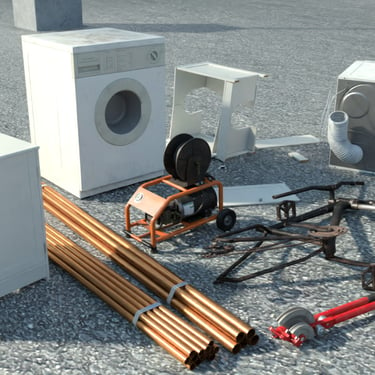
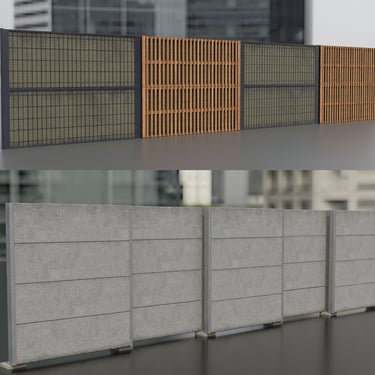


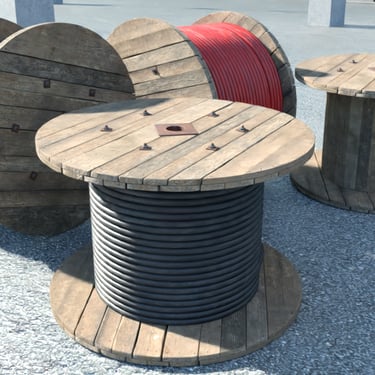
Sim Ready Assets for Driving Simulation
Driving simulation is being used in many different ways. From teaching learner drivers the basics; to helping the worlds fastest drivers in motorsport save a few tenths of a second; to training self-driving vehicle systems; to testing state-of-the-art ADAS; to supporting safety-critical research, driving simulation is delivering huge value across the industry. What all these use cases have in common is they rely on high quality visuals and a realistic virtual world providing the cues and realism you rely on.
For over a decade we have been at the forefront of creating the most accurate and realistic driving simulator 3D environments, maps and simulator visual content for customers including F1 motorsport teams, research establishments, automotive manufacturers and leading simulation vendors.
Alongside our expertise in creating complete driving simulator environments, our talented team are skilled creators of individual 3D assets for driving simulators. Whether you need a complex vehicle model with lights and animated parts, a library of geo-specific street furniture or an instantly recognisable hero building asset, whatever you may need, we can create it, ready to use in your simulator.
Accurate real-world environment twins, based on scan data, aerial imagery or HD maps
Fictional geo-typical scenes, designed to challenge
3D assets based on photographs or CAD data
Highway, urban, suburban, rural or off-road
Logical maps, e.g. OpenDrive, road5, roadxml
Detailed high-resolution driveable ground surfaces
Upgrading legacy models and environments to AAA quality
Physically Based Rendering for maximum realism
Various engines, e.g. Unreal, Unity, Unigine, Omniverse
Conversion between formats & engines
Optimised for real-time performance and VR
Dynamic lighting, time of day and weather effects
All custom built specifically to your requirements
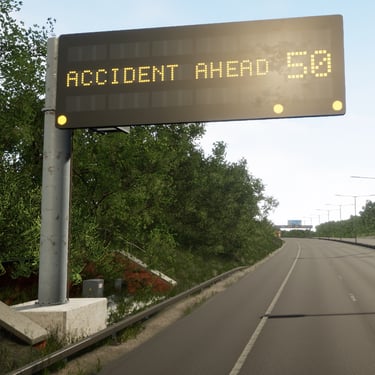
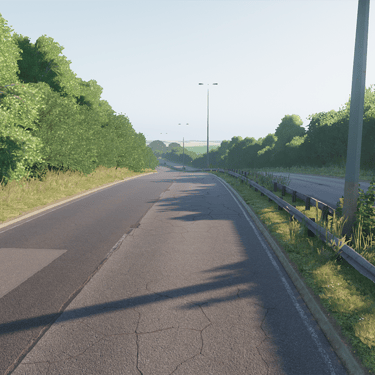
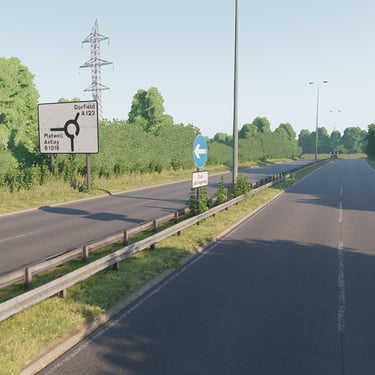
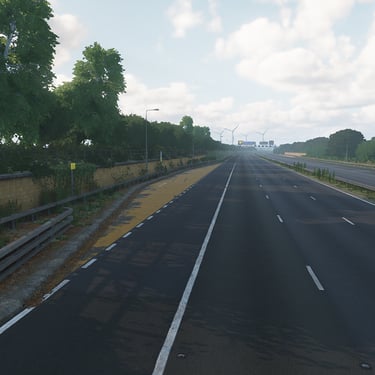
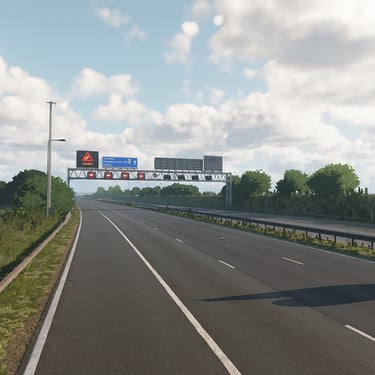
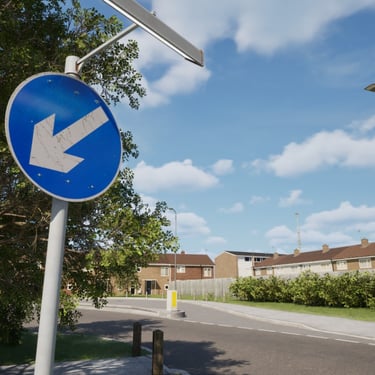
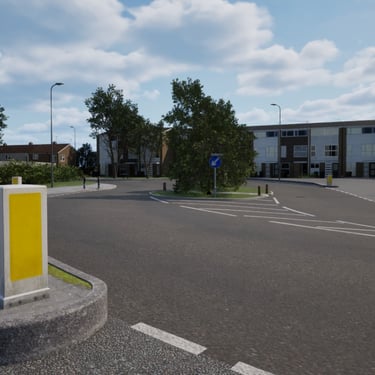
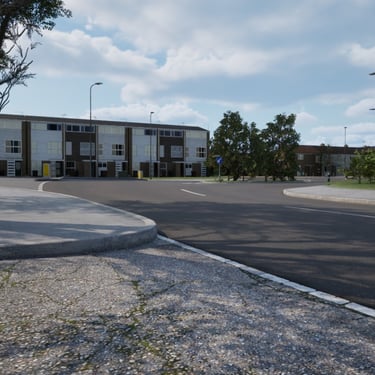
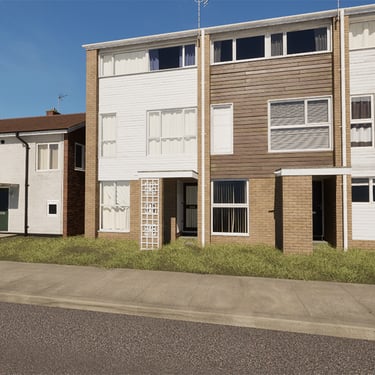
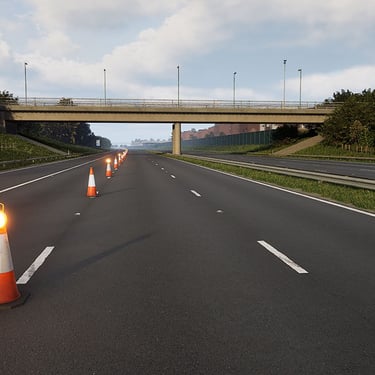
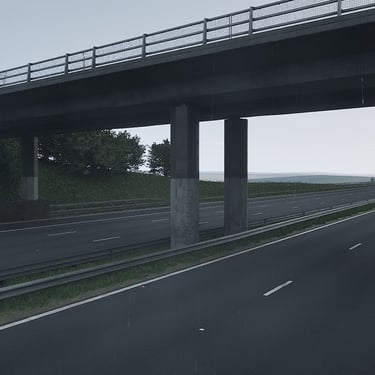
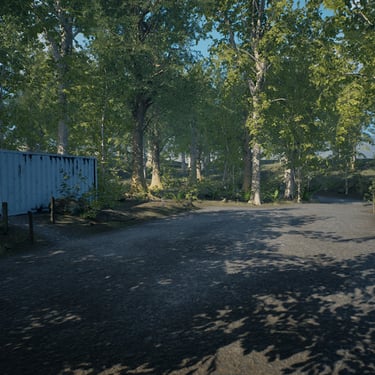
Interactive Custom 3D Applications
With a focus on clean design and intuitive interactions, we create bespoke interactive and immersive software applications to engage stakeholders, communicate complex concepts, evaluate designs with a true sense of scale, or provide high quality training experiences with lasting value.
Our Custom 3D applications typically fall into one of the following categories:
1. Interactive Training - As humans, we learn faster and retain knowledge better if we can learn through experience. Interactive training engages learners and helps to develop knowledge and experience with systems and processes. Interactive Training is particularly effective in safety-critical situations, enabling trainees to safely experience and learn from situations that would otherwise be hazardous or impractical.
2. Virtual Design and Evaluation - Engage stakeholders, gain more valuable feedback and insight and ultimately de-risk and optimise high value design and development by enabling project stakeholders to evaluate and experience designs and processes at scale in a fully immersive virtual environment.
3. 4D Visualisation - Engaging visuals that enable teams to communicate construction project plans more effectively, showing exactly what activities occur where, when, in what order, highlighting dependencies and flagging planning issues early on. Additionally, our 3D applications can be built to enable re-importing of project schedules, making it easy to incorporate changes or visualise multiple projects.
4. Procedural Scene Generation - Using data such as geographical layers or system BIM data, we can create applications that understand the data and create an authentic virtual twin from that data. This is increasingly useful within the transport, manufacturing and industrial sectors, where there is an increasing need to optimise and test virtually, to ensure designs, systems and processes are correct ahead of construction.
Contact us to learn more.
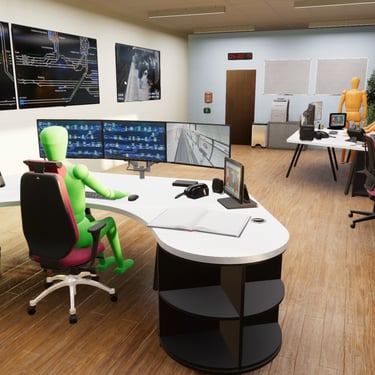
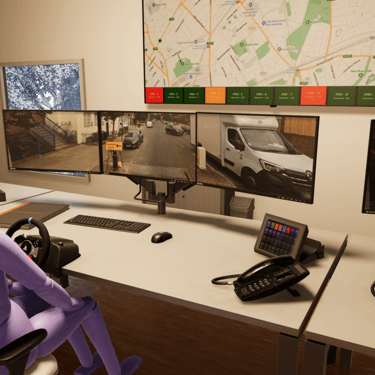
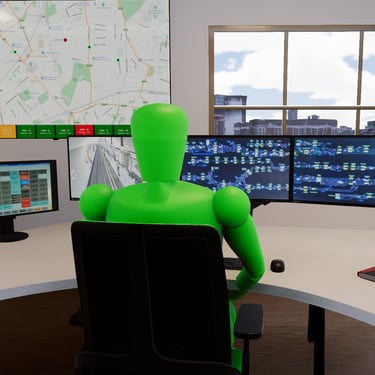
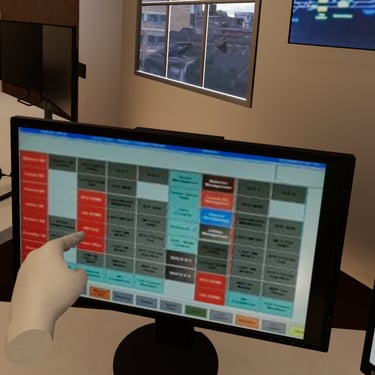
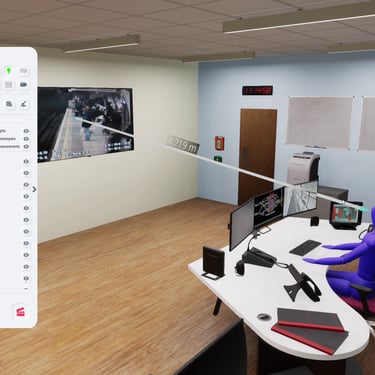
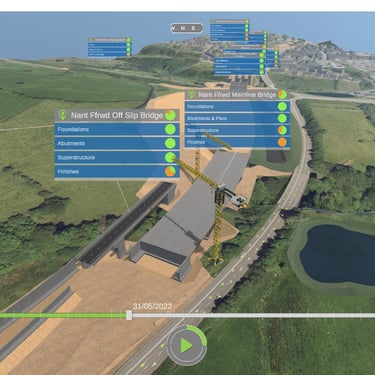
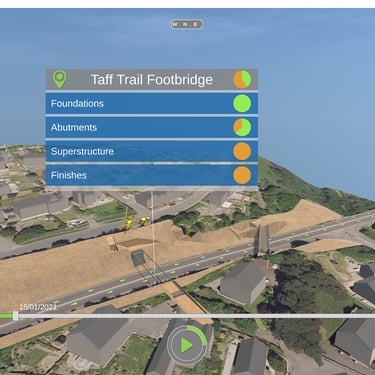
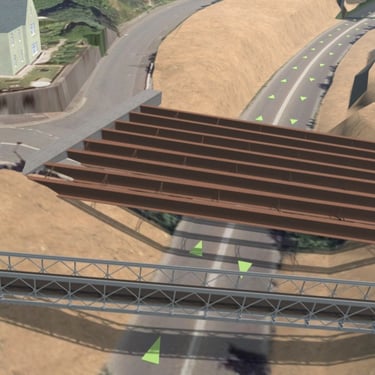
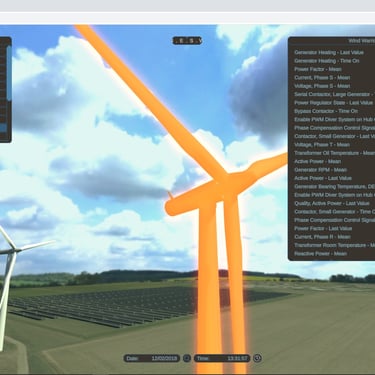
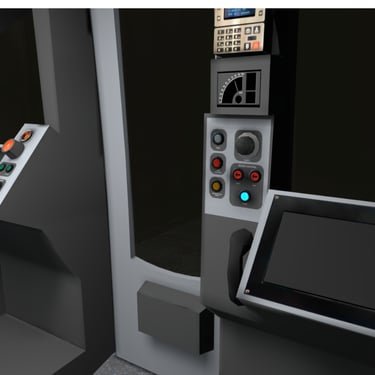
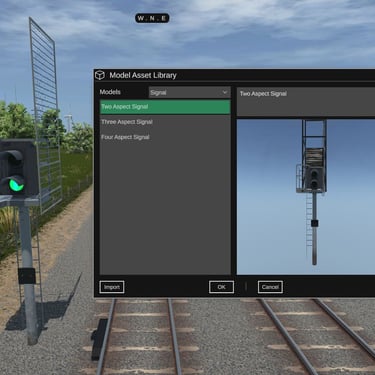
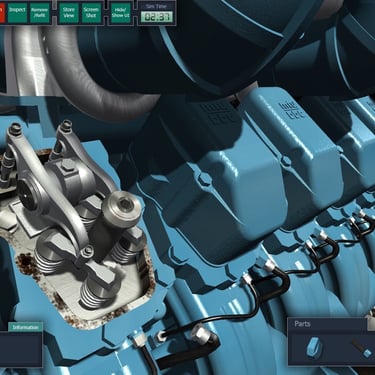
Visuals for Simulators
We have worked with many organisations who have developed very powerful simulators, simulating everything from railway networks, to vehicles, to complex industrial systems. As systems become more complex, and the risks of getting something wrong become more costly, it is more important than ever to prototype, evaluate, trial optimise and prove systems ahead of approving designs.
People are inevitably part of every complex system, so to properly evaluate and understand the performance of your system, it is necessary to perform "human-in-the-loop" simulation trials. This is where real team members perform their role as part of simulated trials, enabling quantitative research and the collection of actionable data. Very often we find that individuals performing their roles rely on an out-the-window or CCTV view of the world to perform their job - a view that is often not part of the existing simulator.
Our visuals for simulators address this need for representative real-world visuals as part of a human-in-the-loop simulation. By interfacing directly with the existing simulator and understanding the current state of the simulation and all components within it, we develop dynamic visuals that reflect the simulation at runtime, providing the cues and immersion required for your key stakeholders to participate in a representative manner.
